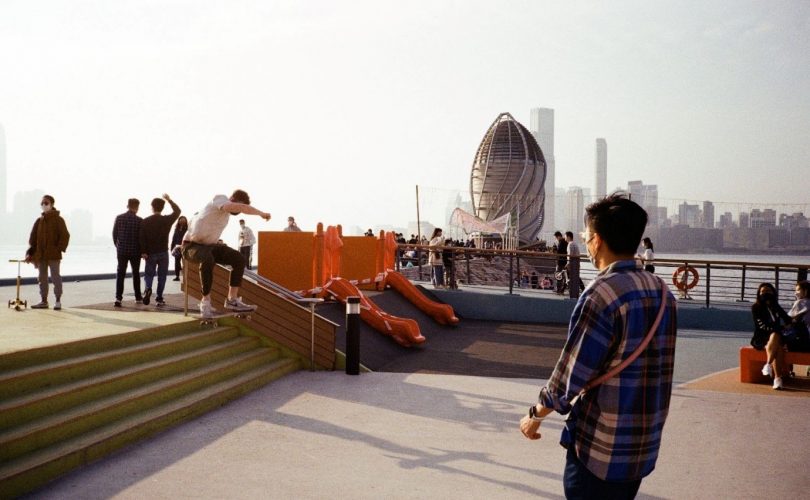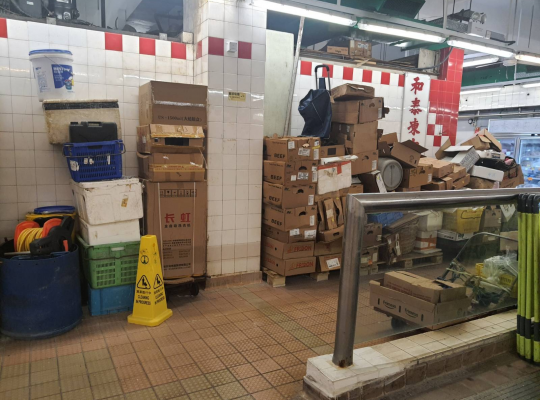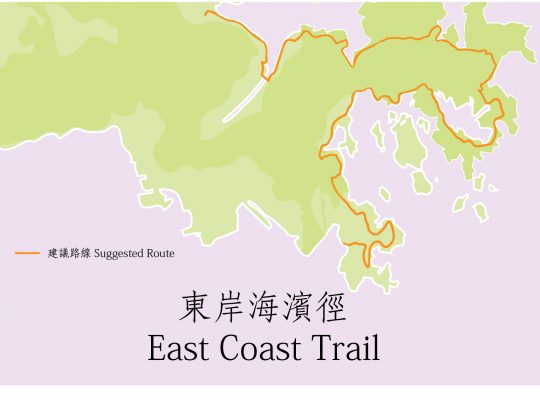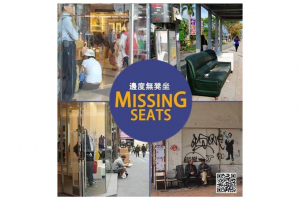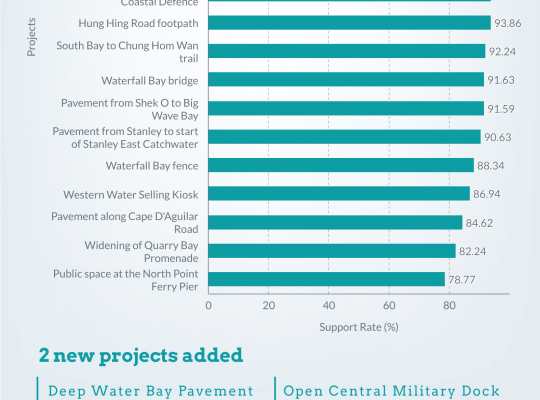The East Coast Park and… a Skatepark?
A New Approach to Public Space Along the Harbourfront
By Erik Thorbeck (www.erikthorbeck.com)
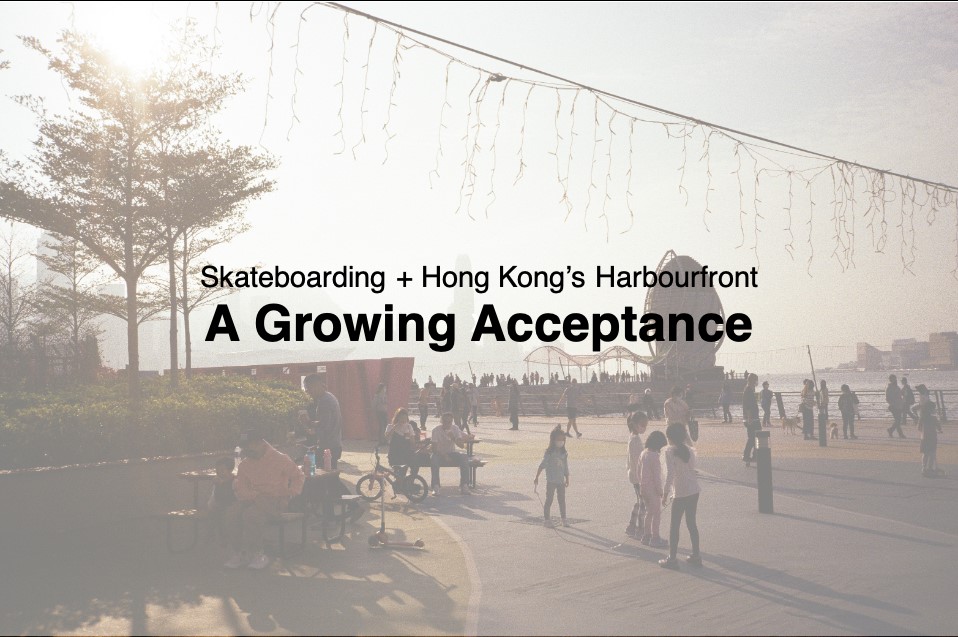
This article is the first in a series on Hong Kong’s relationship with skateboarding. As skateboarding has grown in popularity, it has laid bare the need for a change in approach by both the Harbourfront Commission and the LCSD. Lately, complaints have risen from residents nearby Kennedy Town’s Belcher Bay Promenade (see article), which highlights the need for us to examine its relationship with space, and analyze how the city can co-exist with skateboarding. Fortunately, there are receptive ears in government that recognise the potential positive impacts of it, and are starting to accommodate it. This first article looks at the growth of skateboarding in Hong Kong’s East Coast Park, a new and much-loved waterfront play space in Fortress Hill.
We Ask for YOUR Input!
As skateboarding has grown in popularity in Hong Kong, it has also become clear that skateboarders lack proper spaces to practice, thus skateboarders have turned to recently upgraded public spaces like the Wan Chai Waterfront, Belcher Bay Promenade, and the East Coast Park. As the Hong Kong Harbourfront Commission is currently considering how to better accommodate / manage skateboarding, with the potential for a new park to be built, we would like to better understand the community’s needs. Hong Kong, and Hong Kong Island in particular has long lacked adequate spaces for young people to play along the waterfront, and given the growing interest in sports like skateboarding, roller blading, and cycling, there is an opportunity to push for better representation in the design of new spaces in this treasured part of the city.
If you consider yourself a skateboarder, or have interest in it, please fill out this short survey. This survey is not a government initiative, and Designing Hong Kong is not affiliated with the Hong Kong government. However, we believe undertaking an effort to better understand this growing demographic will help Designing Hong Kong push for more active spaces along the waterfront. We thank you for your time.
Click Here: https://forms.gle/PXuE7UQhxYPDg7TeA
The East Coast Park
Since its completion in September 2021, the East Coast Park along the Fortress Hill waterfront has become wildly popular. On any given day, at almost any time, you’re likely to find a flurry of activity: kids running around, people relaxing, roller bladers, young cyclists, fitness enthusiasts, and naturally, skateboarders. We can’t say for sure whether this was intended or not, but the space has become the new default meeting space for skateboarders all over Hong Kong. It has become so popular with skateboarders, that the city is now designing a new skatepark under the nearby overpass, which presents the city and skateboarding community with an immense opportunity, should it be undertaken correctly. In order to build a park that avoids the mistakes of others in Hong Kong, the city needs to engage the skateboarding community, to build a space that reflects its needs and ensure its full potential.
That skateboarding has become so popular in the East Coast Park Precinct is perhaps not a surprise. As a large, open harbourfront space with smooth ground and great views, it also fills a need for something long craved by the skate community. “Growing up on Hong Kong island since the age of 7, there were limited public spaces where you were allowed to skate aside from Chai wan skatepark and Morrison Hill racetrack,” remarks Ollie Rodgers, a local skateboarder and filmer. Despite the many open areas with smooth ground on HK island, skateboarders were shunned from public spaces until recently, thus having to try their luck at other spots in public or commercial spaces. “It’s great that they now accept skateboarding as a proper hobby and provide a scenic waterfront space for skaters of all levels, ages and genders to come together and skate.”
A New Approach to Managing Public Spaces
The way the space is managed also represents a new approach to public space undertaken by the harbourfront commission. Harbourfront spaces differ from other parks in Hong Kong because they are less regulated, and at the same time are more open to a wider variety of uses. Parks managed by the Leisure & Cultural Services Department are usually smaller and more limited, and most of the time are off limits for skateboarding (unless they are designated skateboard parks). Thus, the availability of open space + smooth ground, as well as the organic approach to managing it has made it a natural home for skateboarders. However, recent events suggest a change is afoot, as we have seen signs in the park telling users to “Pack Up Your Skateboard”. Does this mean that both young and old skateboarders will be banned from this beloved space?
Hong Kong Island’s First Real Skatepark?
Fortunately, the city has also apportioned a swath of space under the nearby overpass for an actual skatepark, currently being designed, according to a source from the Harbourfront Commission. This presents a question for both the Harbourfront Commission and users: How do we design a park that eases stress on the East Coast Park space, but also meets the needs of the skateboarding community?
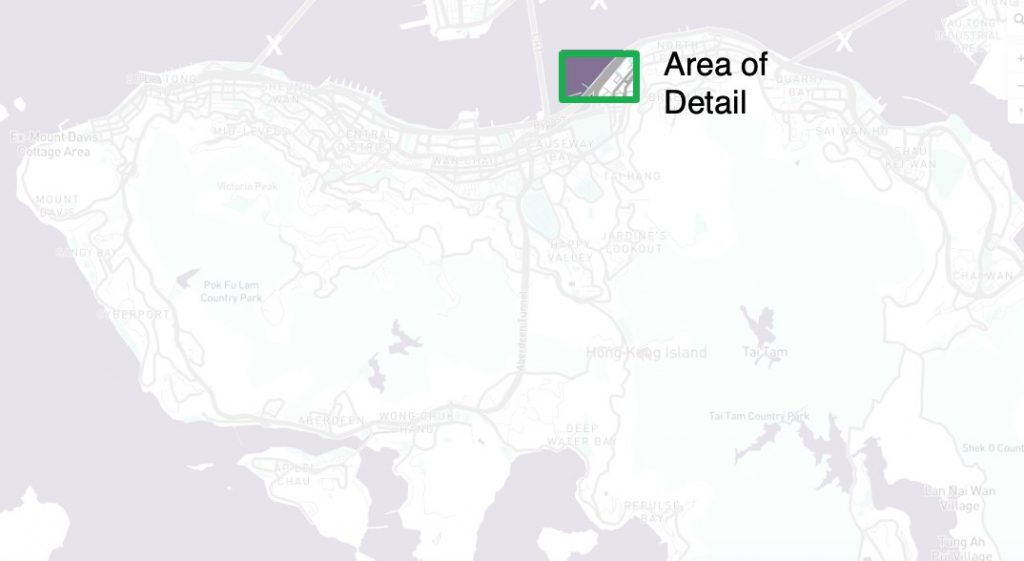
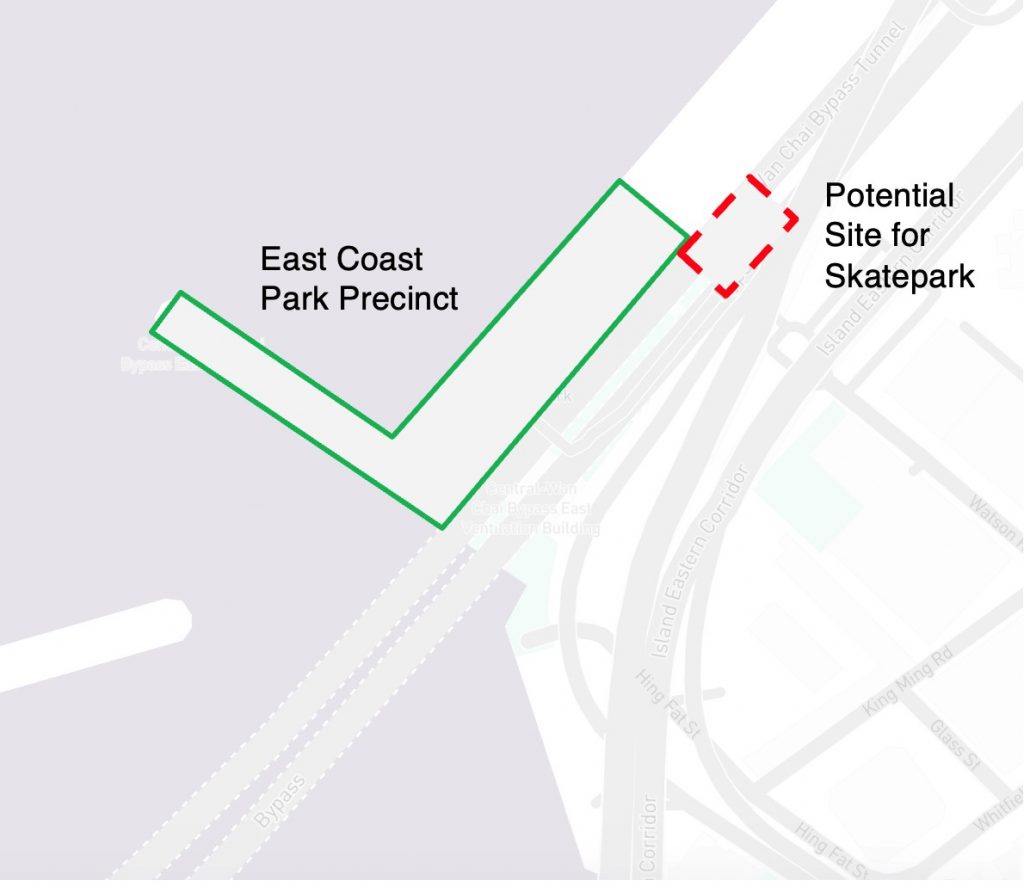
A skatepark that eases stress on the neighbouring East Coast Park needs to achieve a few things that are concerning to skateboarders. Firstly, it provides adequate features for more intermediate and advanced skateboarders. Currently, skateboarders of all levels use the East Coast Park space, yet by its nature, it is more suited for children. Older, more experienced skateboarders skate faster, pop tricks higher, and are looking for park features that they won’t have to fight pedestrians and children for space on. To clarify however, intermediate to advanced refers more to the tricks done on a certain obstacle, rather than the actual obstacle itself. For example, a ledge of the right size, in the right location, can be skated by skateboarders of all levels, and past park surveys in other cities (such as in Vancouver), have indicated that basic features like ledges (see photo below) are the most desired feature by skateboarders. Getting this right will ease stress on the ECP, and give both child skateboarders and pedestrians a safer experience in the park.
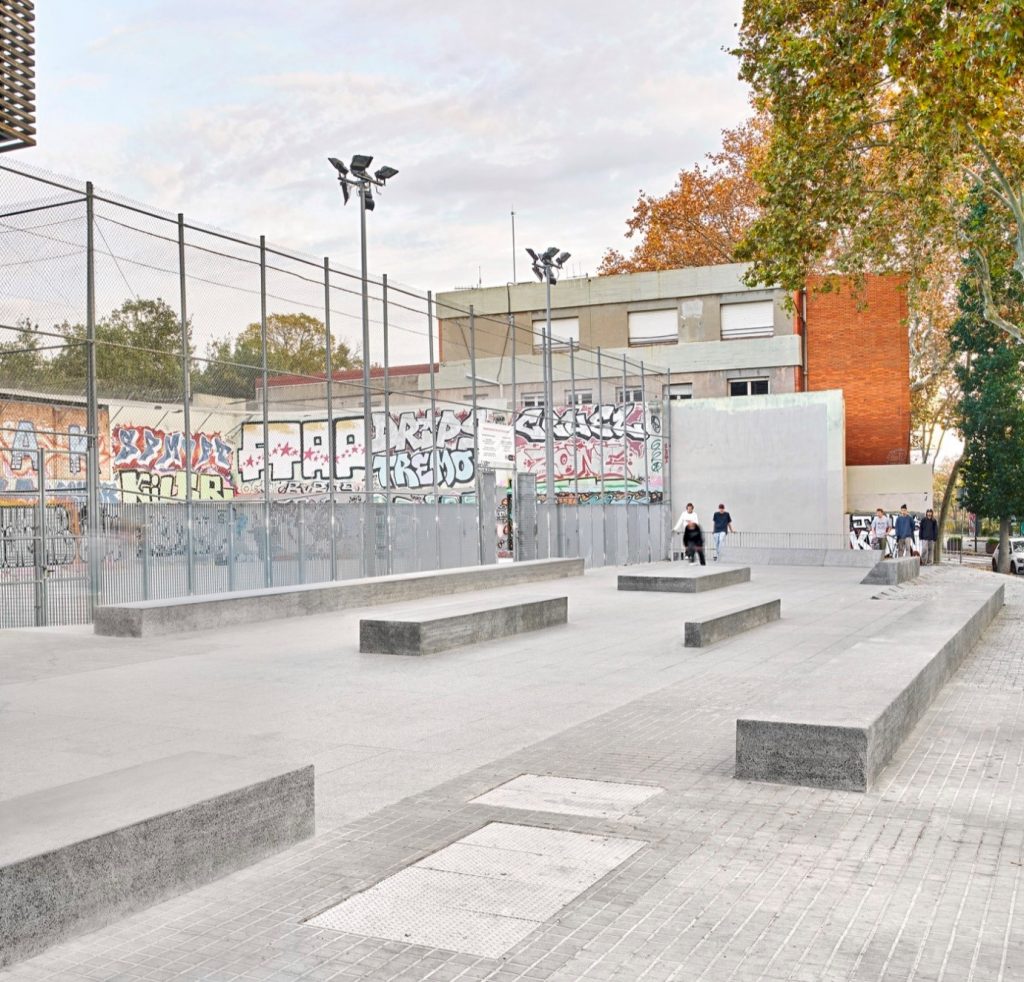
Secondly, the park needs to strike the right balance between street + transition features. Many parks in history have made the mistake of dedicating too much of the park to large bowls, or half pipes that are in fact not desired by youth. Tseung Kwan O skatepark is an example of this. The park has two bowls, and 90% of the time they are empty. The deeper of the two bowls was actually cordoned off, and the rumored reason behind this is that an old lady fell to her death there, though this is unconfirmed. This has resulted in almost half of the park being basically un-usable by most skateboarders. It’s become clear that the majority of users of this park prefer street features, and this should be thoroughly investigated before any design for a new park is confirmed.

At this stage, community input is crucial to getting the design and operation right. A skatepark, if done right, will act not only as a hub for community, easing the burden on other public spaces and sidewalks, it will also draw in activity and give life to previously under-utlized spaces. Given the premium of space along the waterfront, the cost of getting it wrong again is too high. The Harbourfront commission should look to cities like Vancouver, which has conducted surveys of the skate community every 5 years since the city’s first “skate plaza” was built in 2005. This input allows the city to better allocate resources and design priorities, ensuring better space for the skate community, as well as less disruption to nearby public spaces for pedestrians.
A Reminder: Please Fill Out Our Survey!
Click Here: https://forms.gle/PXuE7UQhxYPDg7TeA
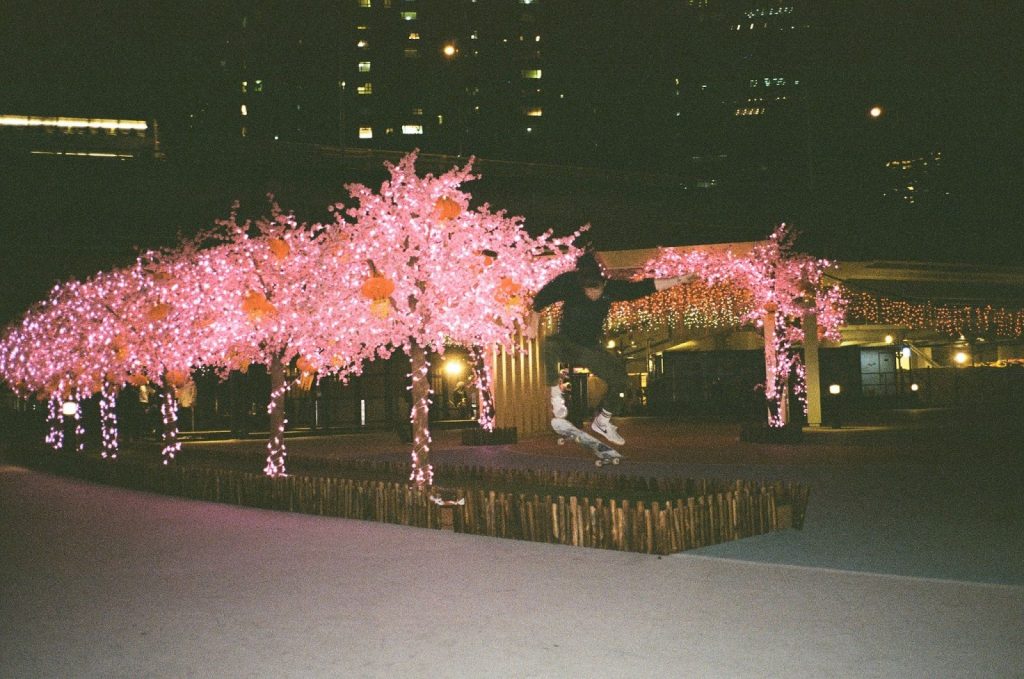
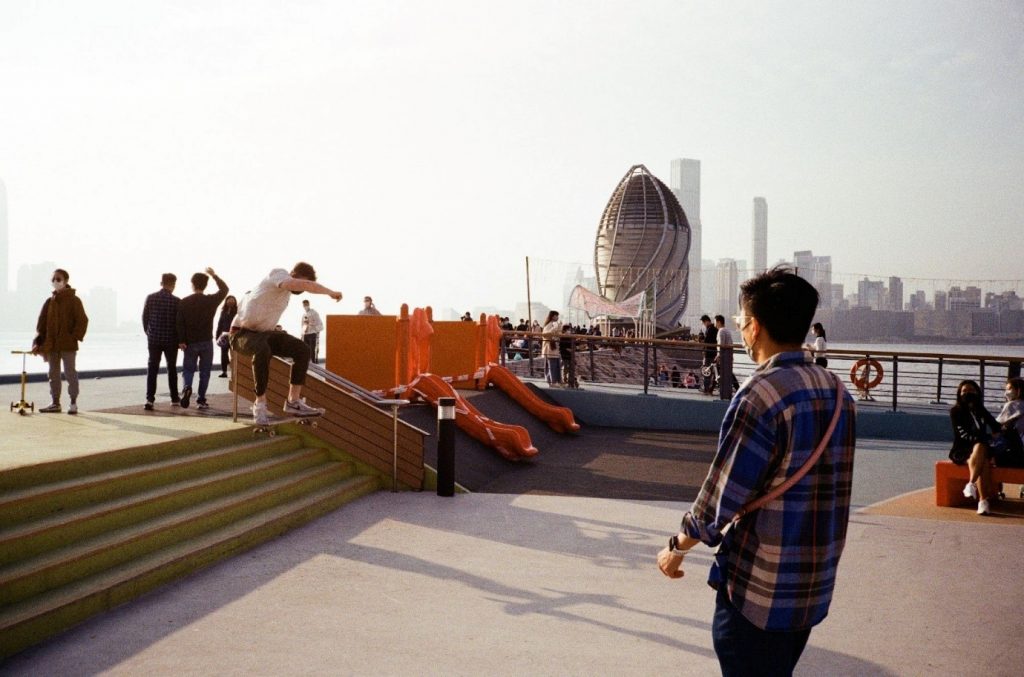
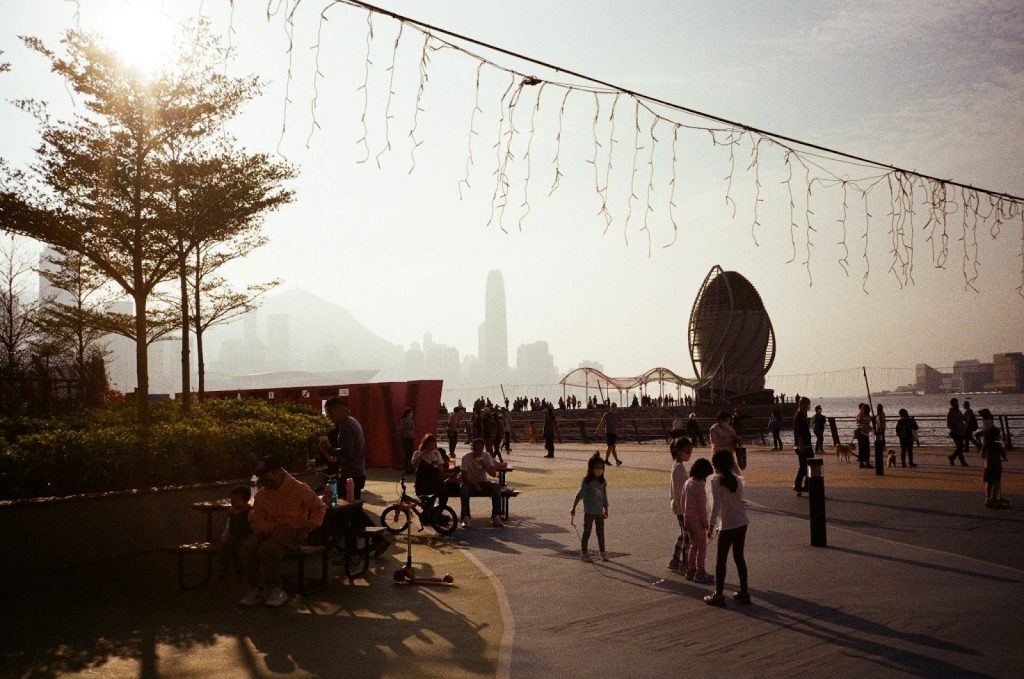
東岸公園—滑板活動的新聚腳點
將滑板融入海濱的契機
這文章是香港滑板系列的第一篇。隨著滑板在社區逐漸普及,海濱事務委員會和康文署都需要改變現有的管理思維。最近,堅尼地城卑路乍灣海濱長廊附近居民不斷投訴滑板的嘈音(見文章),這凸顯了我們需要審視滑板與公共空間的關係,並了解滑板如何與城市共存。慶幸的是,政府中亦有官員了解到滑板的正面影響,並開始將滑板融入社區。首篇文章我們將著眼於東岸公園—砲台山一個備受喜愛的全新海濱遊樂區—的滑板運動發展。
需要你的參與
隨著滑板日趨普及,香港缺乏滑板場地的問題再次浮現,而滑板愛好者亦開始使用例如灣仔海濱、卑路乍灣海濱長廊及東岸公園等新落成的海濱練習。海濱事務委員會現時正研究如果在海濱容納及管理滑板活動,甚至計劃興建新的設施,因此我們希望收集更多滑板社群的意見。香港,尤其是港島,一直缺乏海濱空間供年青人消遣。鑑於大眾對滑板、輪滑和單車等新興運動的興趣日益濃厚,我們認為應善用珍貴的空間去推動這些新興運動的發展。
無論你是專業滑板手抑或是初階的愛好者,我們都希望你可以填寫這份調查。這份調查並非由政府提出,但我們希望更了解不斷增長中的滑板社群的需要,共同推動海濱成為滑板友善的公共空間。
網上調查: https://forms.gle/PXuE7UQhxYPDg7TeA
東岸公園
自從2021年9月正式對外開放後,東岸公園成為了港島區一個廣受居民及遊客青睞的公共空間。無論任何時候到訪,都有不同群體進行各式各樣的活動,有四處奔跑的小童、想到海濱渡過悠閒下午的街坊、滾軸溜冰玩家、年輕的單車手、健身愛好者,當然,還有滑板愛好者。我們無法得知滑板愛好者是否有意,但東岸公園範圍已成為了他們的聚腳地,亦因為在群體中如此受歡迎,最近亦有政府部門研究在附近的行車天橋底下設立一個全新的滑板公園,相信在落成後,將有助滑板運動在本港的推廣。要避免再次出現滑板公園設計失誤的問題,相關部門應主動邀請滑板群體一同參與公園的設計及規劃,滿足使用者的需求並充份發揮該空間的潛質。
對於東岸公園忽然成為了滑板聖地,滑板群體可能會覺得不足為奇。東岸公園平滑的地面,加上維多利亞港的美景,成為了滑板愛好者夢寐以求的海濱公共空間。從七歲起便移居香港並成長的本地滑板手及攝影師Ollie Rodgers表示,「大部份的公眾地方都不容許滑板。一直以來我們只能在柴灣的滑板場或摩理臣山道遊樂場等零碎的場地踩滑板。」儘管港島有不少平坦的公共空間,但基於嚴格的規矩,滑板愛好者一直只能碰運氣到不同的公共空間進行活動,希望不會被驅趕。「很高興相關部門接納滑板在公共空間出現。現在甚至在海濱提供一個合適不同年齡、性別、能力滑板手的場地,讓我們能聚首一堂,互相交流。」
新管理模式可以帶來轉變?
海濱管理模式的轉變亦顯示出相關部門對公共空間的態度改變。現時部份新落成的海濱空間與香港其他公園或康樂設施不同,直接由海濱事務委員會管理,相對上監管較少,同時亦開放供更廣泛的用途。由康文署管理的場地則普遍較多限制,而且除了特定的滑板場外,其餘地方都禁止進行滑板活動。因此,遼闊的空間、平滑的地面加上不同的管理模式,令東岸公園和卑路乍灣海濱長廊自然成為滑板活動的場所。然而早前堅尼地城的事件,令海濱再次出現「收起滑板」的標誌。這是否意味著滑板愛好者不久後又會再次排除在這個他們夢寐以求的公共空間呢?
香港島首個正規滑板公園?
幸好,據海濱事務委員會的消息,當局正在東區走廊底下,公園旁的一塊用地設計一個真正的滑板場地。這衍生出另一個問題:到底應如何設計一個既能緩解東岸公園的空間衝突,又能滿足滑板社群需求的公園呢?


一個能夠緩解公園的空間衝突的滑板場地需要滿足滑板愛好者的需求。首先,公園需要為中階和高階的滑板手提供足夠的設備。目前不同能力的滑板手都共同使用東岸公園的空間,但就性質而言,東岸公園的空間其實較適合小童或其他初學者練習。其他經驗較豐富或能較高的滑板愛好者因需要障礙完成部份的花式,他們也希望可能有一個不必與行人和小童爭奪空間的地方練習。而所需的障礙可以簡單至一個體積、高度和位置適中的槓台已經能夠供不同能力的滑板手使用,而外國其他城市(例如溫哥華)的調查亦顯示,槓台是其中一個最受滑板愛好者歡迎的設備。只要在設置合適的設備,公共空間的衝突將會減少,並讓不同的公園使用者更安全地享受港島的海濱。

其次,滑板公園的設計需要取得一個平衡。香港以前的滑板公園設計經常犯下錯誤,將大部份空間用作建設碗池或U型台等普遍不受歡迎的設施。以將軍澳公園的滑板場為例,公園設有兩個碗池,但絕大部份時間都無人使用。當中較深的一個更被封,關閉的原因從沒公開過,但有傳聞指曾經有長者於這裡墜下死亡,但消息並未有得到證實。但碗池的封閉令滑板手未能使用公園中有一大部份的地方。同時,從場地的觀察,公園的大部份滑板手亦傾向使用街道特色的障礙物,因此在任何未來新建的公園,都應先了解使用者的喜好和需求,避免重蹈重蹈覆轍。

社區的意見和參與對滑板公園的設計和運作至關重要。滑板場不但可以作為社區的聚腳點,吸引更多元化的活動在公共空間中出現,更可以減少其他公共空間與行人路的空間衝突,並善用社區中未充分利用的空間。珍貴的海濱空間令普羅大眾並不樂見空間規劃的失誤。溫哥華自2005年建設了第一個「滑板廣場」(Skate Plaza)後,每五年就會對滑板社群進行調查,了解他們的需求。我們認為海濱事務委員會亦可參考溫哥華的做法,確保有足夠的空間、資源去將滑板納入香港的海濱設計,同時減少他們在公共空間對其他使用者的滋擾,建立與滑板共存的公共空間。
希望作為滑板愛好者的你可以為我們提供意見:https://forms.gle/PXuE7UQhxYPDg7TeA

